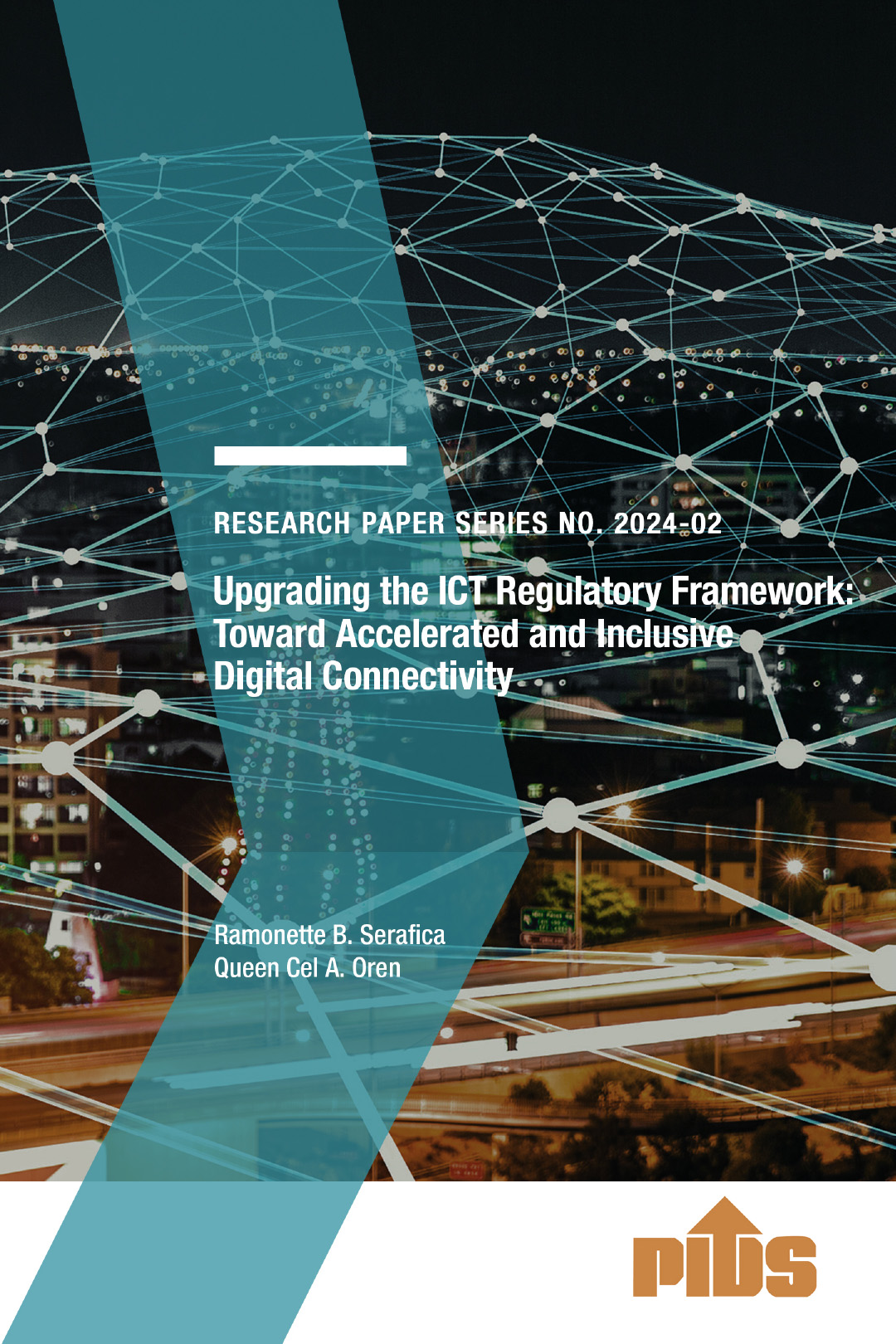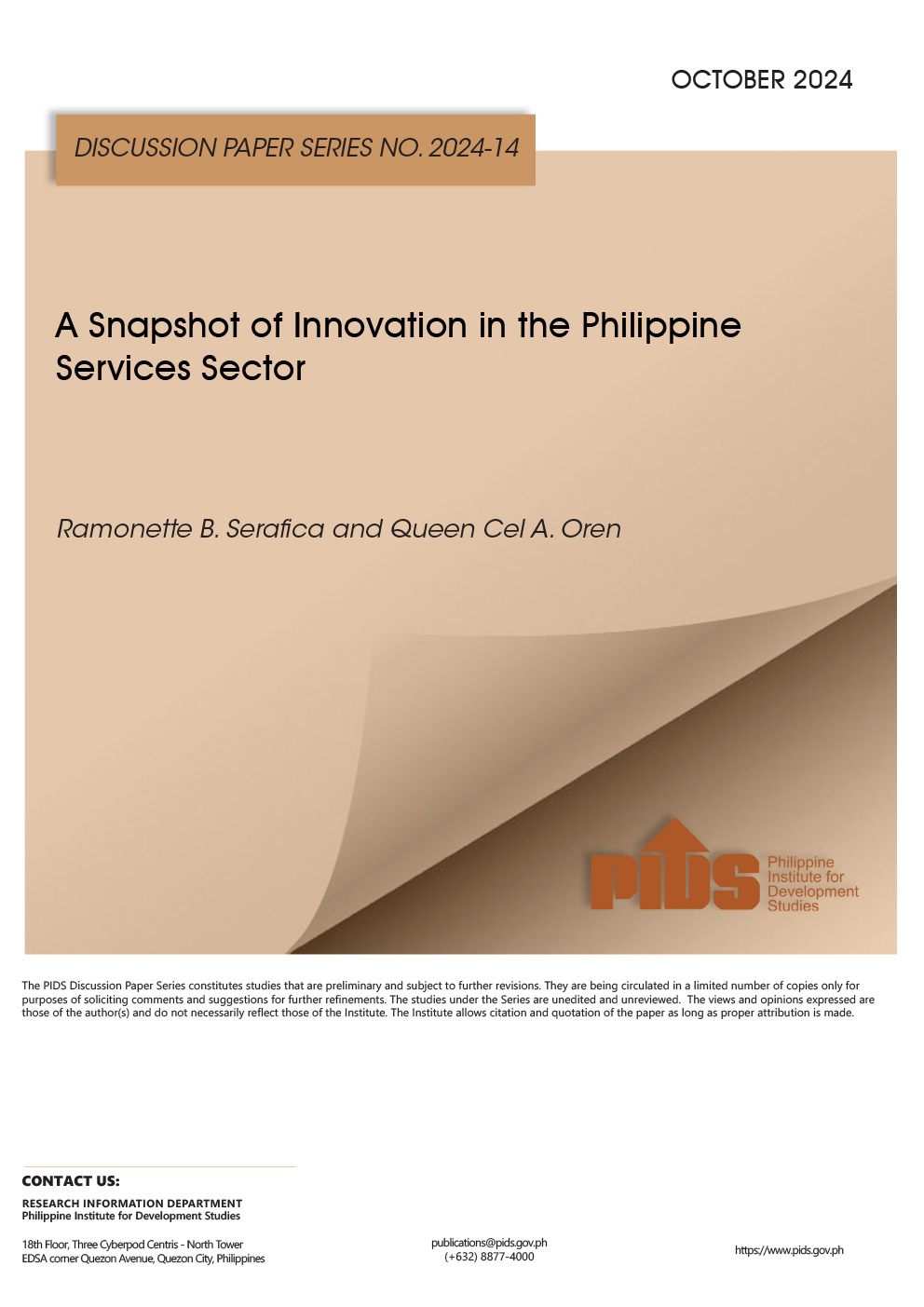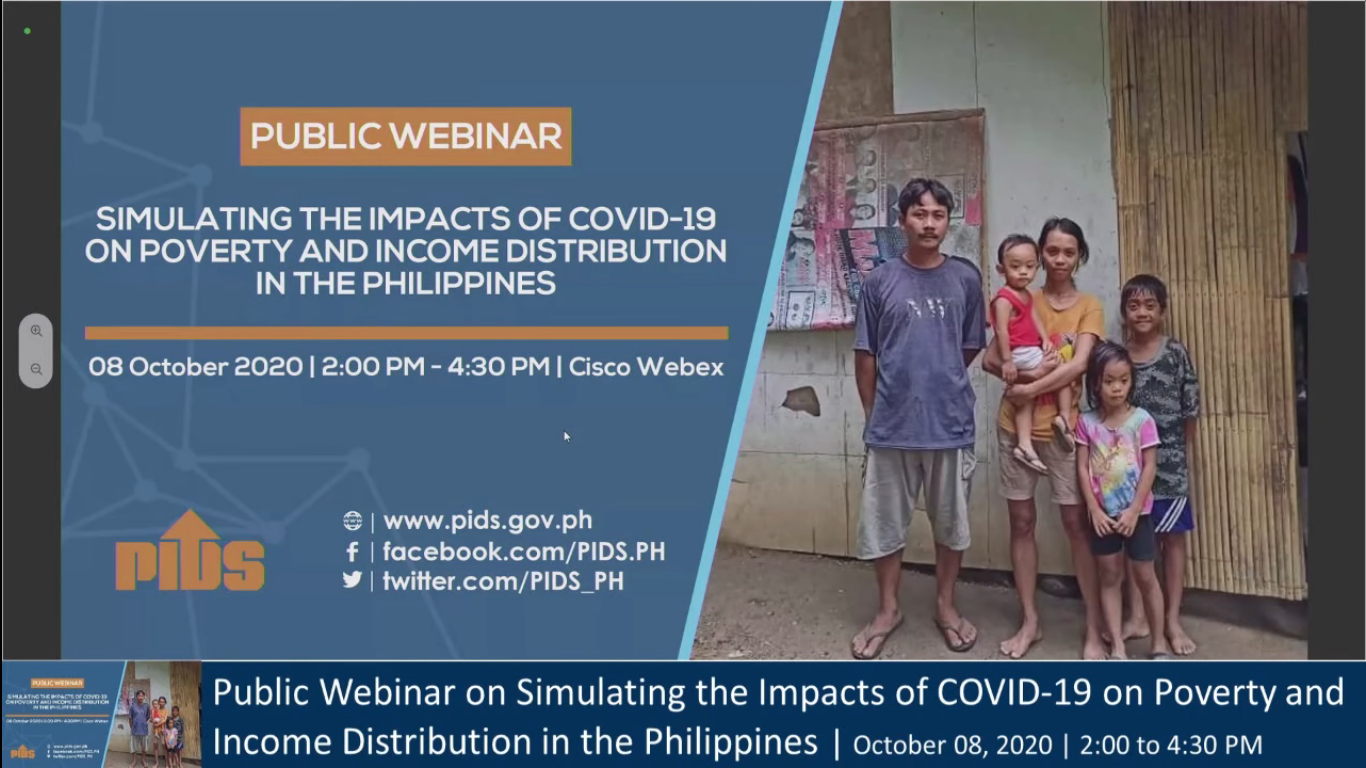Other groups such as the Samahang Industriya ng Agrikultura (Sinag) and Bantay Bigas have been asking the government to heed the plea of farmers to increase the National Food Authority’s buying price for palay and give the agency the power to subsidize production through mechanization to lower farmers’ production cost.
Latest data from the PSA showed that production cost per hectare last year rose by 2.08 percent to P47,625 from P46,655 in 2016, while farmers’ net income dropped by 5 percent to P19,811 from P20,897.
This was especially crucial with the onset of the rice tariff regime, which, according to Rodriguez, would not depress rice prices, as what economic managers claimed, but would only worsen the condition of farmers.
Under the rice tariff regime, the quantitative restrictions that put a cap on the volume of rice to be imported would be removed to encourage competition. Studies showed that with stiffer competition, rice prices were bound to go down by as much as P7 a kilo.
The QR was meant to protect local rice producers from being stifled by competition in the market, but industry groups argued that the government must provide financial support for the sector first before the removal of import curb.
“They [economic managers] apply the law of supply and demand because they don’t know what’s happening on the ground. There are enough players in the industry already. Go to Quiapo or Divisoria or anywhere where competition for goods is intense. These traders agree on a common price so they don’t have to lower their prices,” Rodriguez claimed.
“It seems this government is already hopeless. They look at rice as rice, as a commodity. But this is the life of farmers,” Rodriguez alleged. “The NFA, if the government really wants to help, should be used as an avenue for subsidies.”
Conflicting mandate
During the latest Senate hearing on the NFA, Trade and Industry Undersecretary Ruth Castelo said the inefficiency of the agency stemmed from its conflicting mandate of being a player and a regulator of the rice industry at the same time.
While it was expected to stabilize the supply and price of grains, it was also expected to earn from its activities to pay debts and maintain operations as a government-owned-and-controlled corporation (GOCC).
In a report, Castelo noted how this was inconsistent with Section 2 of the GOCC Governance Act of 2011, where it was stated that there must be a “clear separation between the regulatory and proprietary activities of GOCCs in order to achieve a level playing field with corporations in the private sector performing similar commercial activities for the public.”
Villar speculated that despite claims from the DA that the country was experiencing record harvest for palay, the agency preferred to import rice than procure locally for the profit.
Since 2000 until last year, NFA’s average share on palay procurement was only 1.89 percent despite its mandate to procure at least 10 percent of the country’s total palay production.
Records from NFA also showed that it never reached its procurement targets except in 2008 and 2015 when there was an alleged food crisis and a severe El Niño dry spell that hit the country.
Moreover, it incurred huge debts from its activities. The NFA racked up a massive debt load during the Arroyo administration largely due to its efforts to keep both farmers and consumers content by subsidizing both the farm gate and market prices of rice.
“NFA’s net worth is at (negative) P150 billion by the end of 2017,” said economist and PIDS (Philippine Institute for Development Studies) researcher Roehlano Briones, one of the resource persons during the hearing. “There is really a need to reform, not abolish, the NFA under the rice tariff regime.”
Decoupling
Neda recommended the transfer of the regulatory function of the NFA to another agency such as the DA or in an agency that did not aim to profit.
This, it said, was the only way to make the NFA work.
“Our recommendation is to decouple the NFA’s proprietary and regulatory function, given that it is currently operating as a GOCC,” said Castelo. “The NFA should just focus on maintaining a suitable level of buffer” for emergencies.
But in a position paper the NFA submitted to the Senate, it said it would like to retain its regulatory function.












